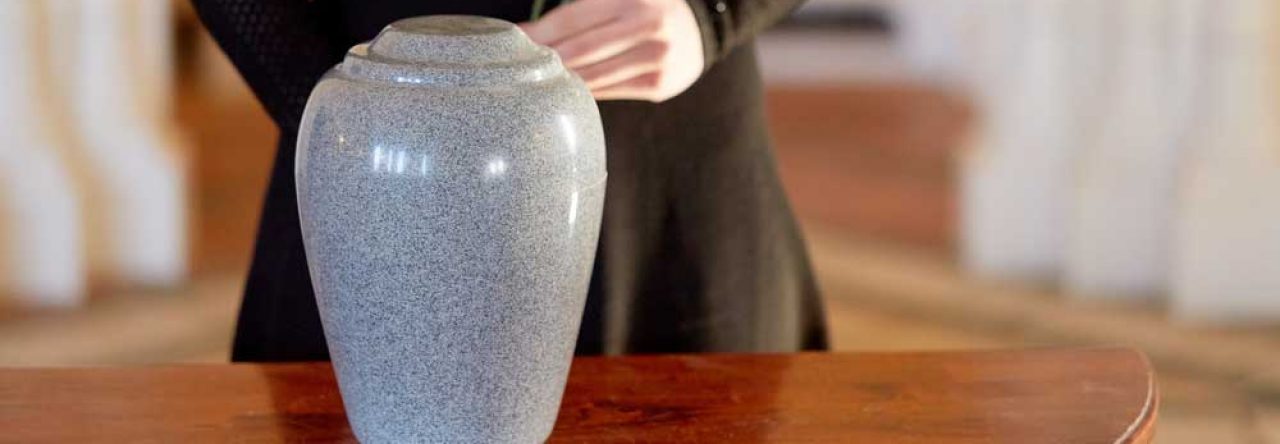Grinding tools are a necessary part of any toolbox. They can sharpen, shape, and smooth metal, wood, and other hard materials. If you're a professional or hobbyist, you probably have various grinding tools in your collection.
When it comes to maintaining your grinding tools, there are several things you can do to prolong their life and get the most use out of them.
Grinding tools are used in many different industries and applications. From grinding, polishing, buffing and finishing materials to deburring and cleaning metal parts, these tools can be an invaluable asset to any shop or toolbox. However, like any tool, they require proper maintenance to continue working properly.
Grinding is a common surface preparation method for removing material from your workpiece, and it's also used to finish cuts made by other tools. Whether you're working with metal or wood, different types of grinding equipment can help you get the job done quickly and efficiently.
5 Tips for Maintaining Grinding Tools
Grinding tools are an essential part of any metalworking shop. They're used to shape, sharpen and smooth metal or other materials and are available in various shapes and sizes. But like any other tool, grinding requires regular maintenance to keep them working properly.
If you want your grinding tools to last as long as possible, follow these five tips for maintaining them:
1. Clean the Tool Regularly
Regular cleaning is one of the most important things you can do when maintaining your grinding tools. This keeps them running smoothly and helps prevent friction and heat buildup damage. Cleaning also ensures they don't get clogged with metal shavings or other debris. You should clean your grinding tools after every use or at least once every few days if used often.
2. Sharpen Your Grinding Tools Regularly
Grinding tools wear down over time due to repeated use and exposure to heat, so they need regular sharpening, just like other cutting tools, such as knives or scissors. If you don't sharpen them regularly (or if you sharpen them at all), they may become dull and lose their precision edge over time.
3. Use the Right Tool for the Job
Not every tool is appropriate for every Job. You need to know what type of material you're working with and how much pressure you should apply when using the tool. Using too much pressure could damage the tool or the surface of whatever you're grinding. If you use too little pressure, completing a job may take longer than necessary.
4. Check the Condition of Your Tool
A good maintenance tip is checking the condition of your grinding tool regularly so that you can catch any problems before they become too serious. This includes checking for broken parts, worn parts, cracks, or breaks in the housing that would affect its performance.
5. Check for broken parts
You must check your grinder periodically for any broken parts or cracks in its housing. This is especially true if you use the tool frequently or if it has been dropped or damaged. A damaged housing can cause sparks to fly out from the unit when turned on, which could cause serious injury from burns or cuts from flying metal shards.
